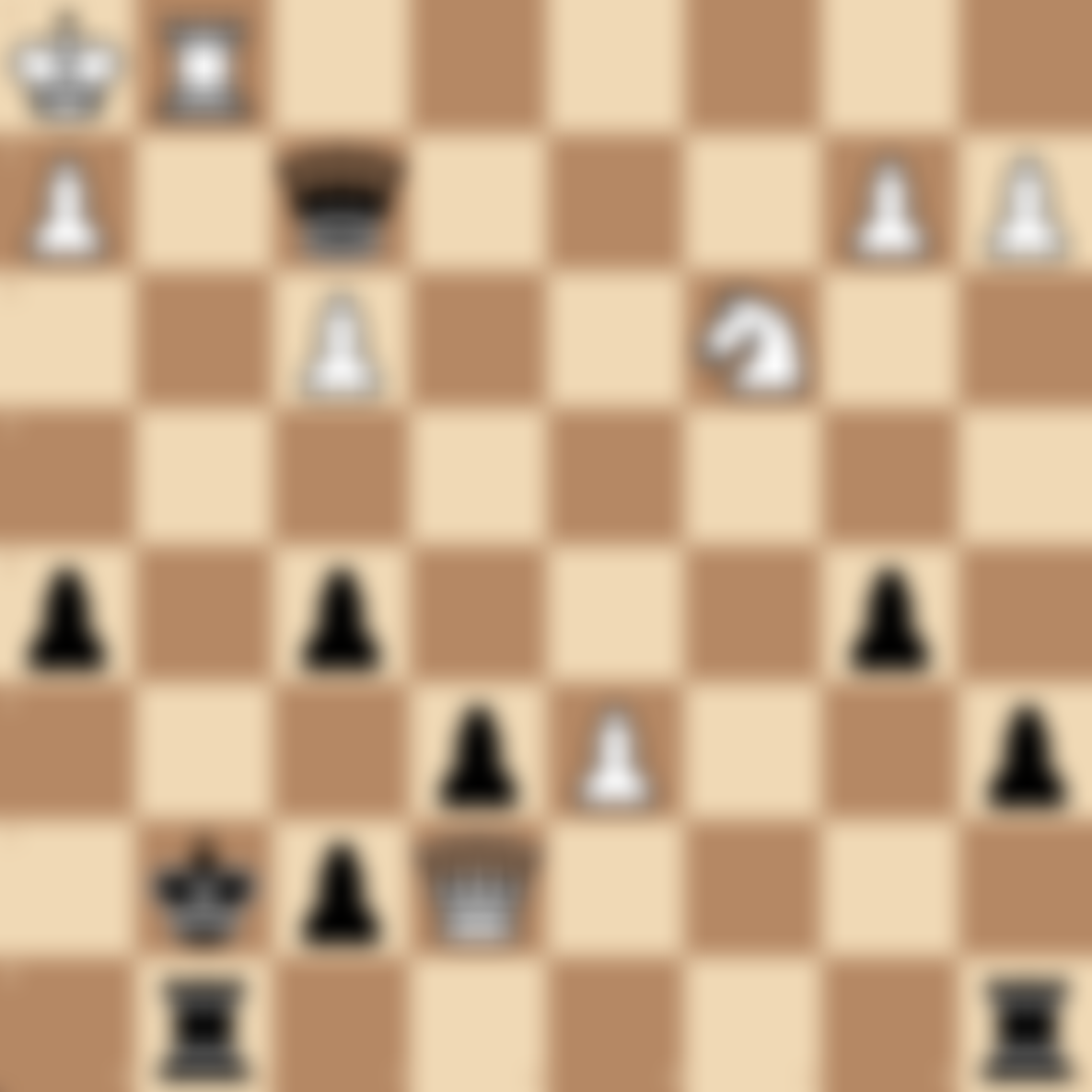Chess Batteries: Powerful Piece Alignments
Table of Contents
- Introduction
- What is a Battery in Chess?
- Types of Batteries
- Creating and Using Batteries
- Famous Games Featuring Batteries
- Tactical Motifs Associated with Batteries
- Defending Against Batteries
- Batteries in Different Game Phases
- Practice Battery Puzzles
- FAQs
Introduction
Chess batteries are powerful formations that can significantly enhance your attacking potential. At chesspuzzles.io, we've created this comprehensive guide to help you understand, create, and effectively use batteries in your games. We'll explore various types of batteries, their tactical applications, and provide examples from famous games to improve your strategic thinking.
What is a Battery in Chess?
A battery in chess is a formation where two or more pieces of the same type (usually queens and rooks, or bishops) are aligned on the same rank, file, or diagonal. Key features include:
- Two or more pieces of the same type aligned
- Potential for concentrated attack on a specific square or area
- Often used to exert pressure on the opponent's position
Batteries are powerful because they:
- Concentrate firepower on key squares
- Create multiple threats simultaneously
- Can be difficult for the opponent to neutralize
Types of Batteries
-
Queen and Rook Battery
- Most common and powerful type
- Example: Queen on d1, Rook on d2
-
Double Rook Battery
- Two rooks aligned on the same file or rank
- Example: Rooks on c1 and c2
-
Bishop Battery
- Two or more bishops aligned on the same diagonal
- Example: Bishops on b2 and c3
-
Queen Battery
- Rare but powerful, involving two queens
- Usually occurs after pawn promotion
-
Mixed Battery
- Combination of different pieces aligned
- Example: Queen on d1, Rook on d2, Bishop on d3
Creating and Using Batteries
To effectively create and use batteries in your games:
- Look for open files or diagonals to place your pieces
- Consider pawn breaks to open lines for potential batteries
- Use batteries to control key squares or attack weaknesses
- Be aware of potential discovered attacks when using batteries
- Combine battery threats with other tactical motifs
Strategic considerations:
- Batteries can be used for both attack and defense
- Sometimes the threat of forming a battery is as powerful as the battery itself
- Be cautious of overextending when creating batteries
Famous Games Featuring Batteries
Studying classic games can help you appreciate the power of batteries:
- Anatoly Karpov vs. Garry Kasparov, World Championship 1985, Game 16 (Rook battery)
- Bobby Fischer vs. Robert Byrne, US Championship 1963-64 (Bishop battery)
- Vassily Ivanchuk vs. Alexey Shirov, Linares 1991 (Queen and Rook battery)
Tactical Motifs Associated with Batteries
Batteries often work in conjunction with other tactical themes:
-
Discovered Attacks
- Moving the front piece in a battery to unveil an attack from the rear piece
-
Pin and Skewer
- Using a battery to create or exploit pins and skewers
-
Overloading
- Forcing a defending piece to guard against multiple threats from a battery
-
Clearance Sacrifices
- Sacrificing a piece to clear a path for a battery to form
-
Zugzwang
- Using a battery to limit the opponent's moves and force a weakening of their position
Defending Against Batteries
To counter your opponent's batteries:
- Prevent the formation of batteries by controlling key squares
- Use pawns to block files or diagonals where batteries might form
- Exchange pieces to disrupt potential battery formations
- Create counterplay to divert your opponent's attention
- Improve your king's safety if a battery is targeting your kingside
Batteries in Different Game Phases
-
Opening
- Rare, but can occur in some aggressive openings
- Often involve rapid development of rooks or bishops
-
Middlegame
- Most common phase for battery formation and use
- Often combined with other tactical and strategic ideas
-
Endgame
- Batteries can be decisive, especially in rook endgames
- Queen and rook batteries are particularly powerful in the endgame
Practice Battery Puzzles
Improve your skills with our collection of Battery puzzles on chesspuzzles.io:
Try our Chess Battery Puzzles on chesspuzzles.io now
Challenge yourself with these tactical puzzles designed to enhance your ability to create, use, and defend against batteries in various positions.
FAQs
Q: Are batteries more effective in open or closed positions? A: Batteries are generally more effective in open positions where they have clear lines of attack. However, the threat of creating a battery can be a powerful strategic tool in closed positions as well.
Q: How can I improve my ability to use batteries effectively? A: Regular practice with targeted puzzles, studying games featuring batteries, and analyzing your own games can significantly improve your skill in creating and utilizing batteries.
Q: Is it always advantageous to form a battery? A: Not necessarily. While batteries can be powerful, they sometimes lead to piece redundancy or overconcentration. The decision to form a battery should be based on the specific position and overall strategic goals.
Master the art of chess batteries to add a powerful weapon to your strategic arsenal! Ready to test your skills? Try our Chess Battery Puzzles on chesspuzzles.io now and elevate your tactical and strategic prowess to new heights.
